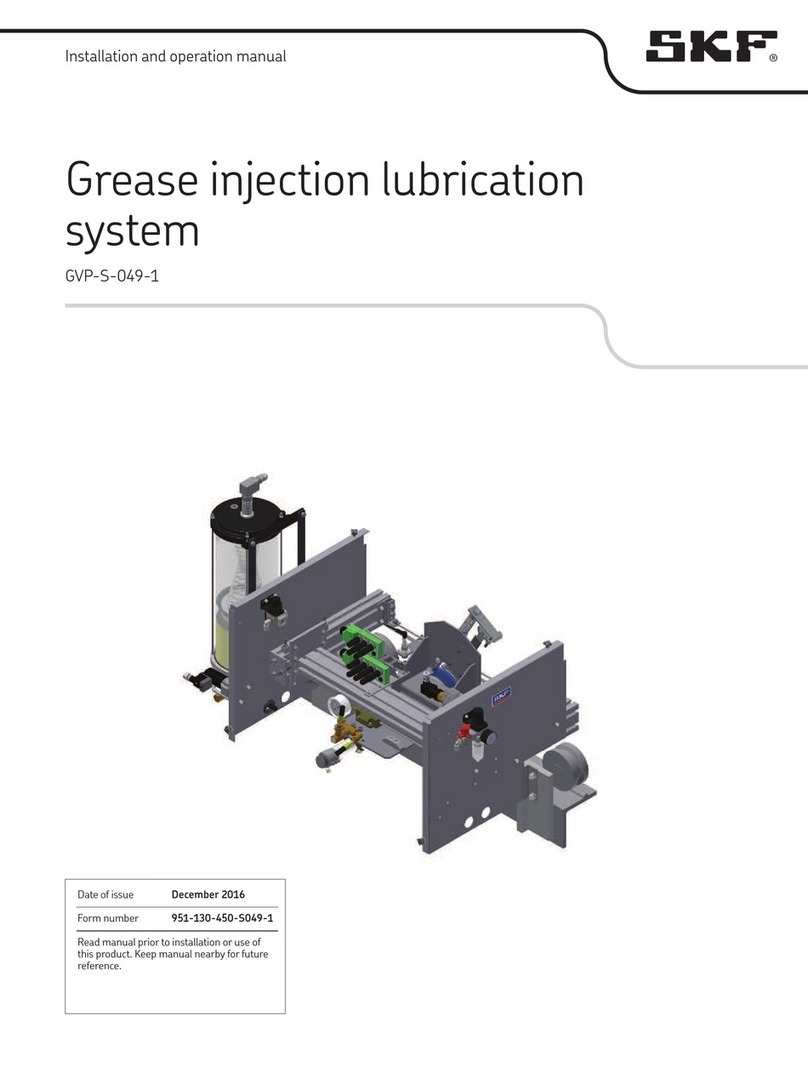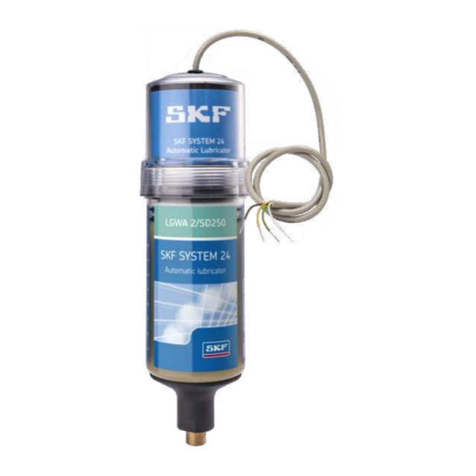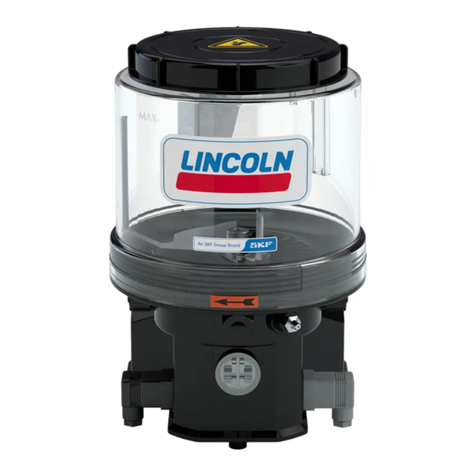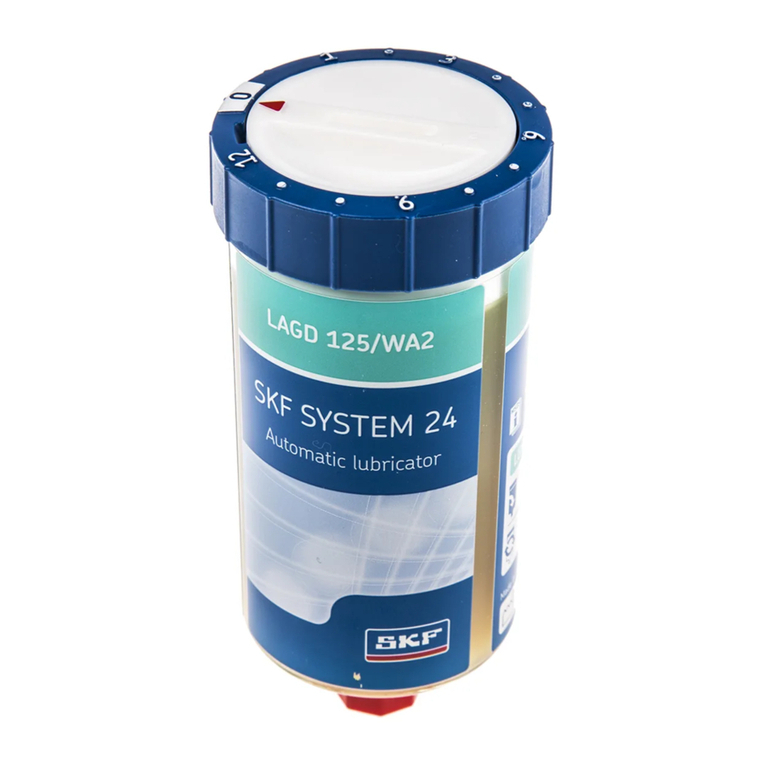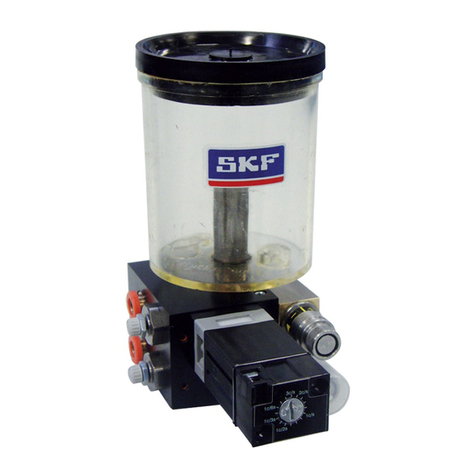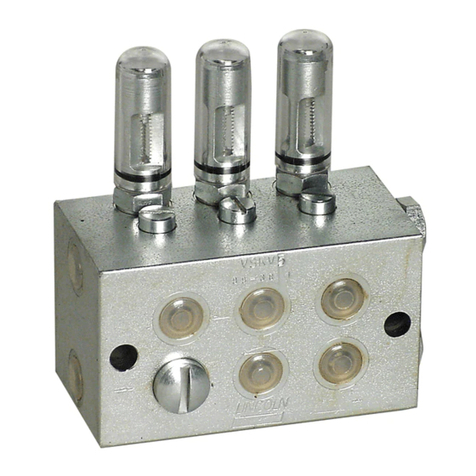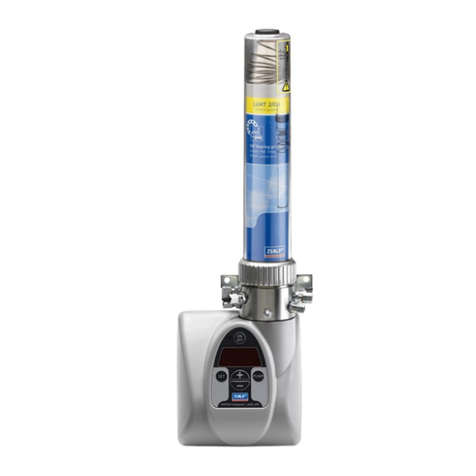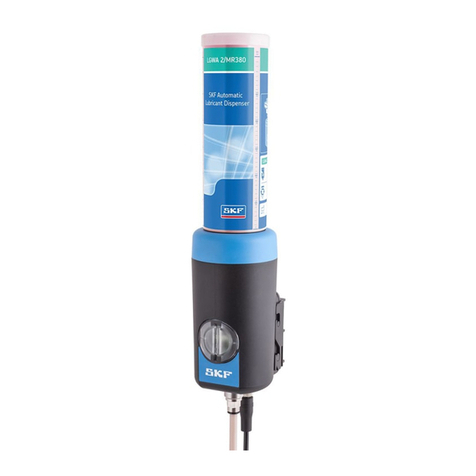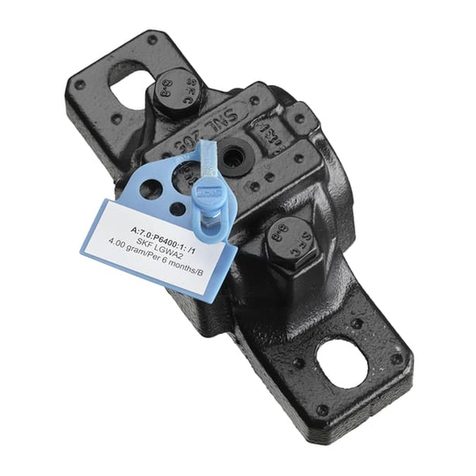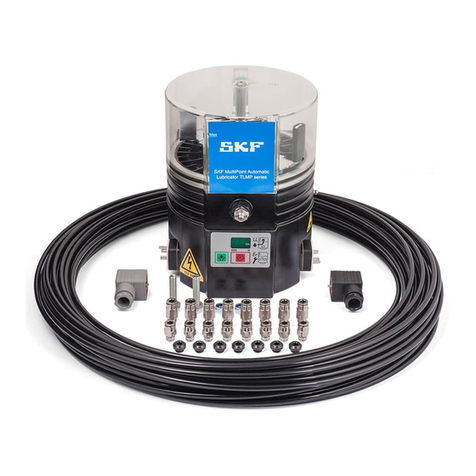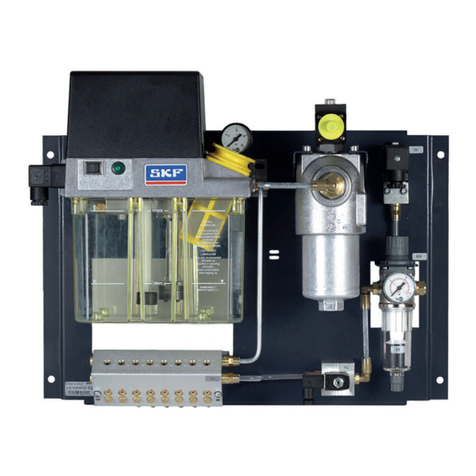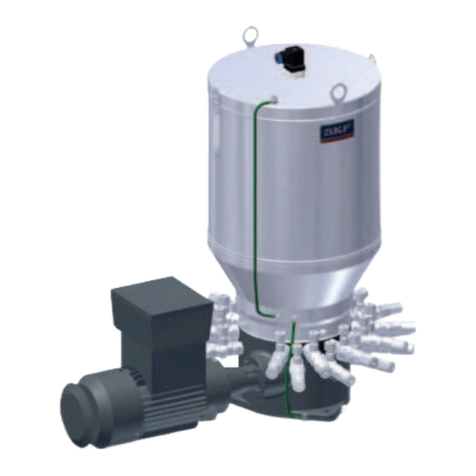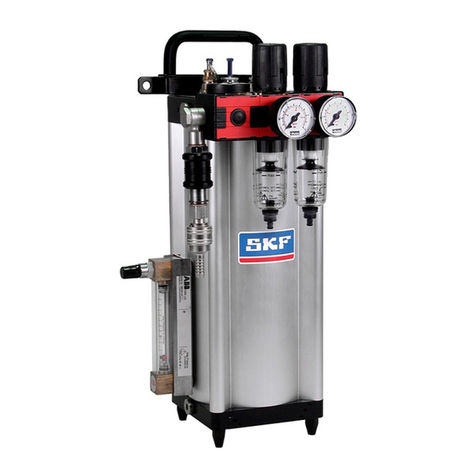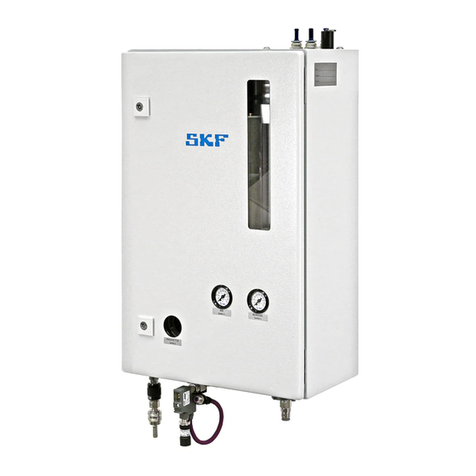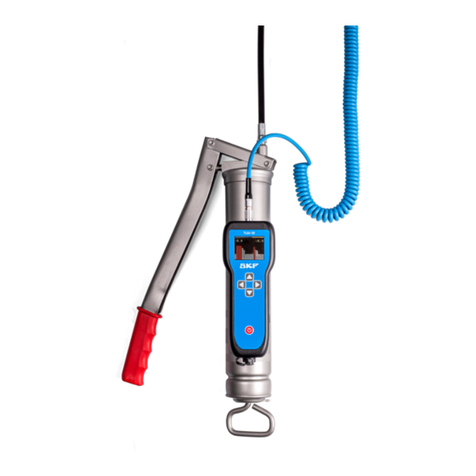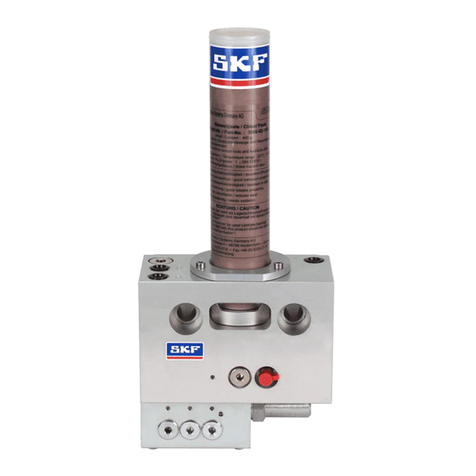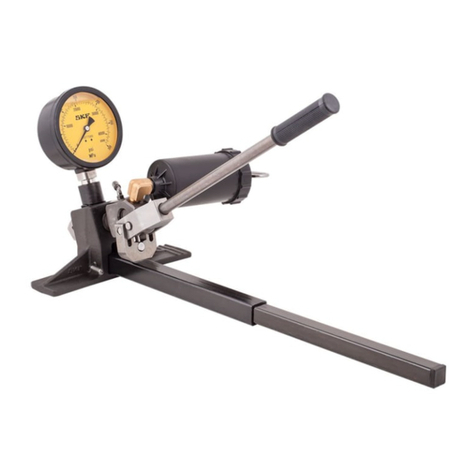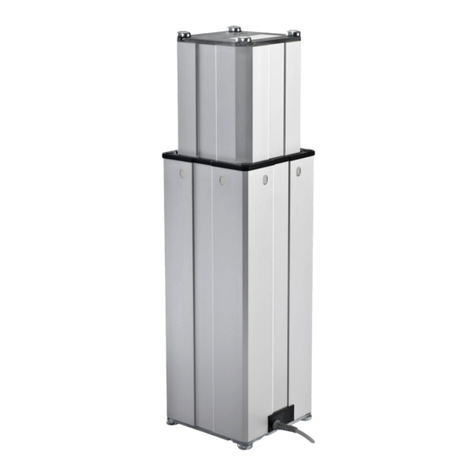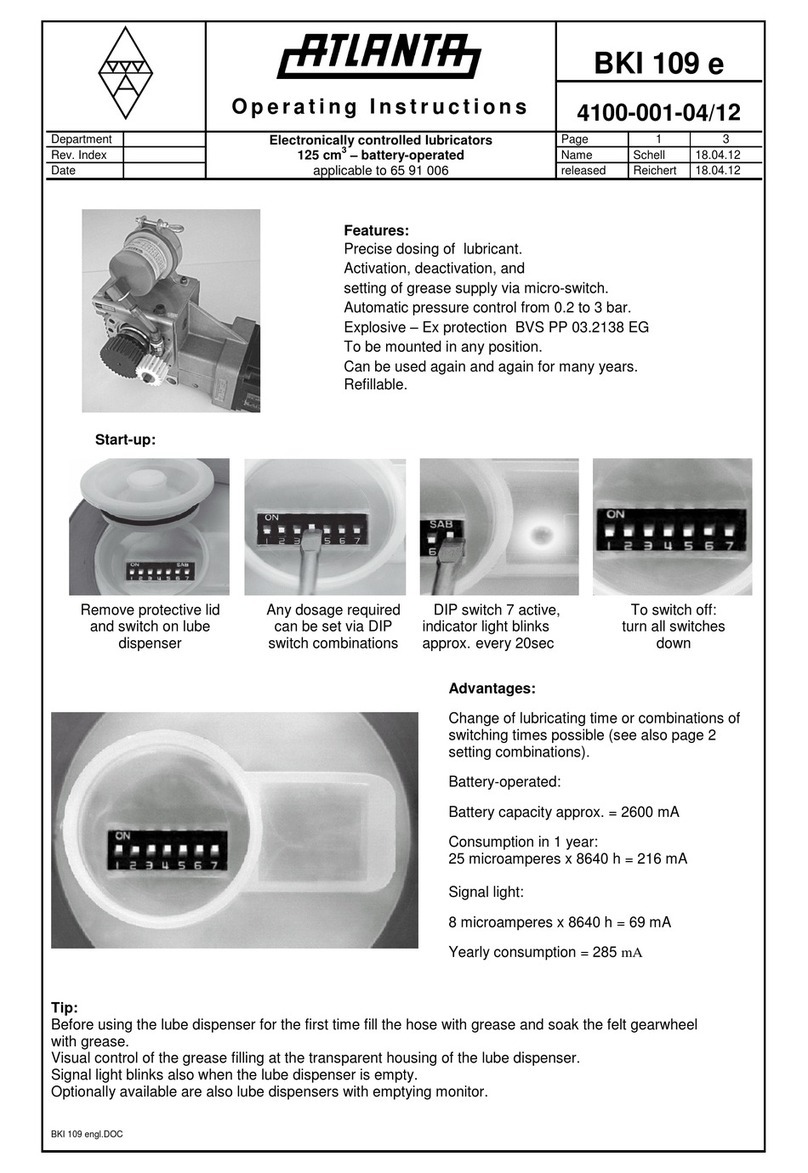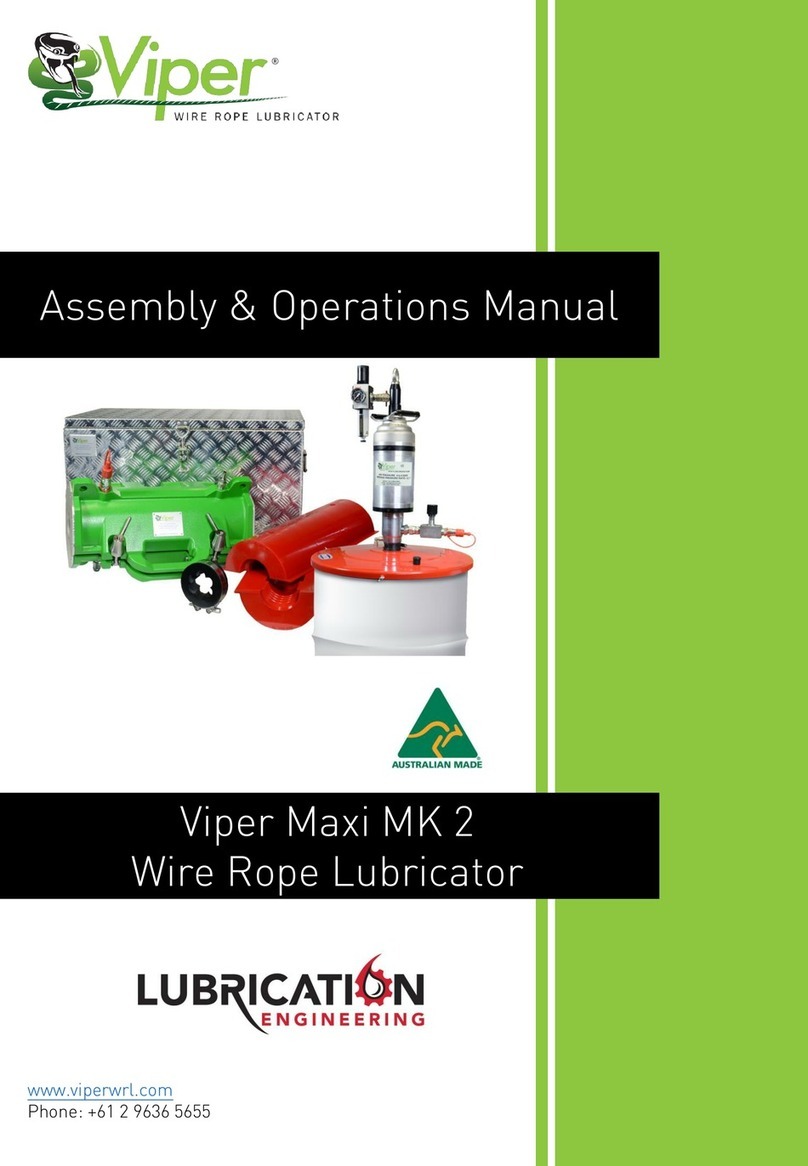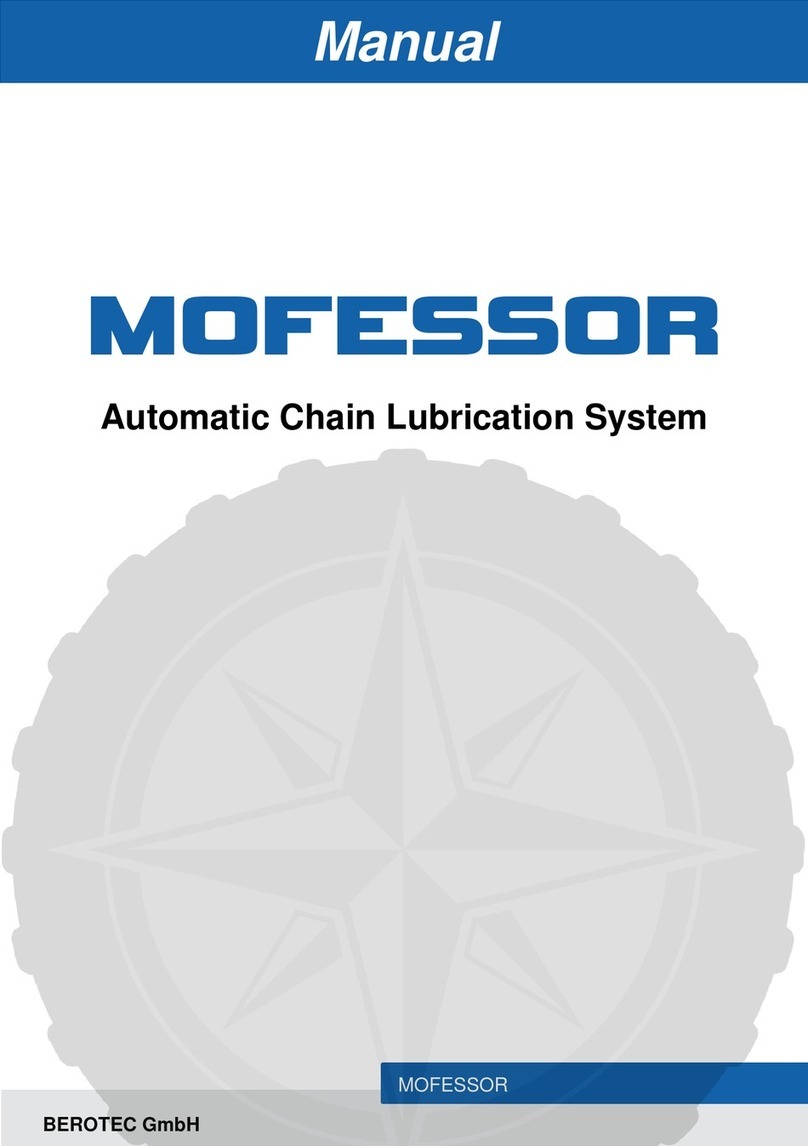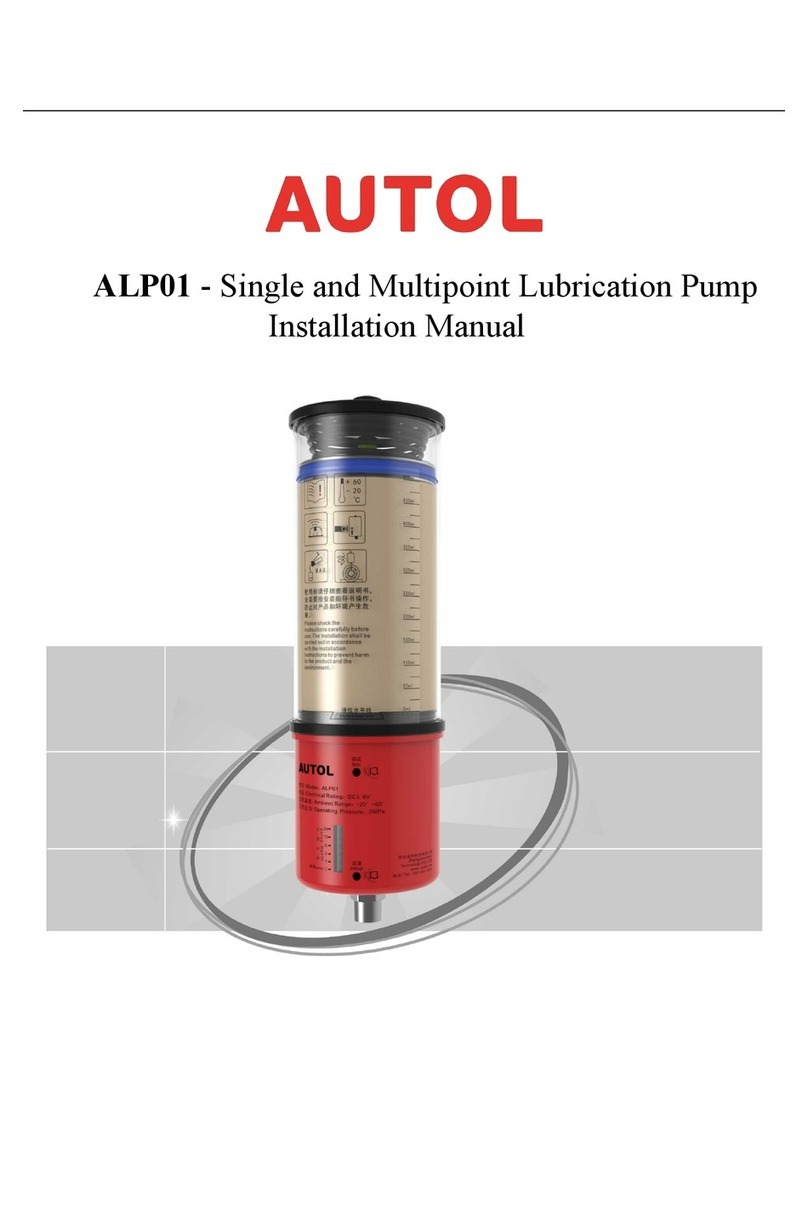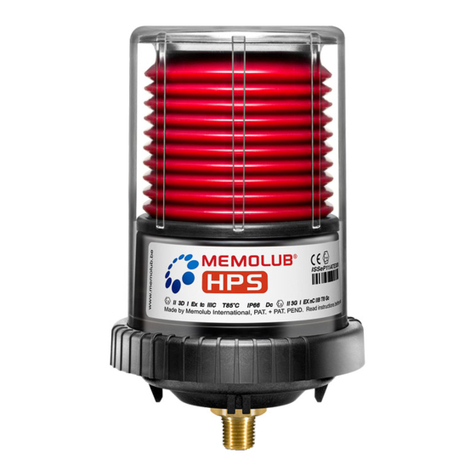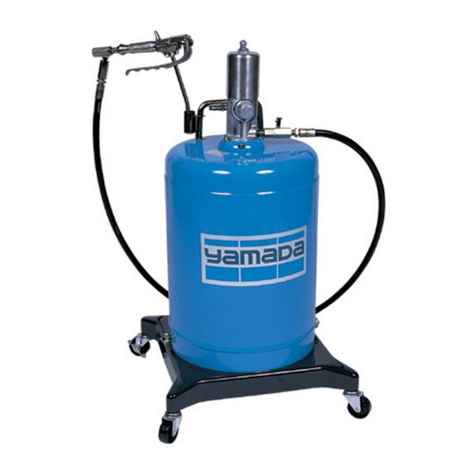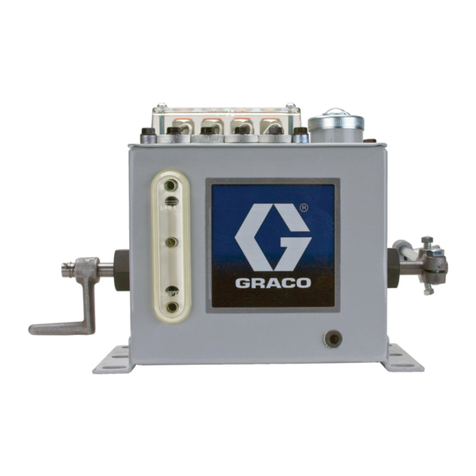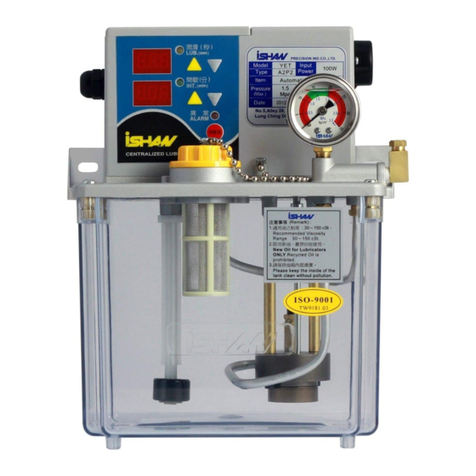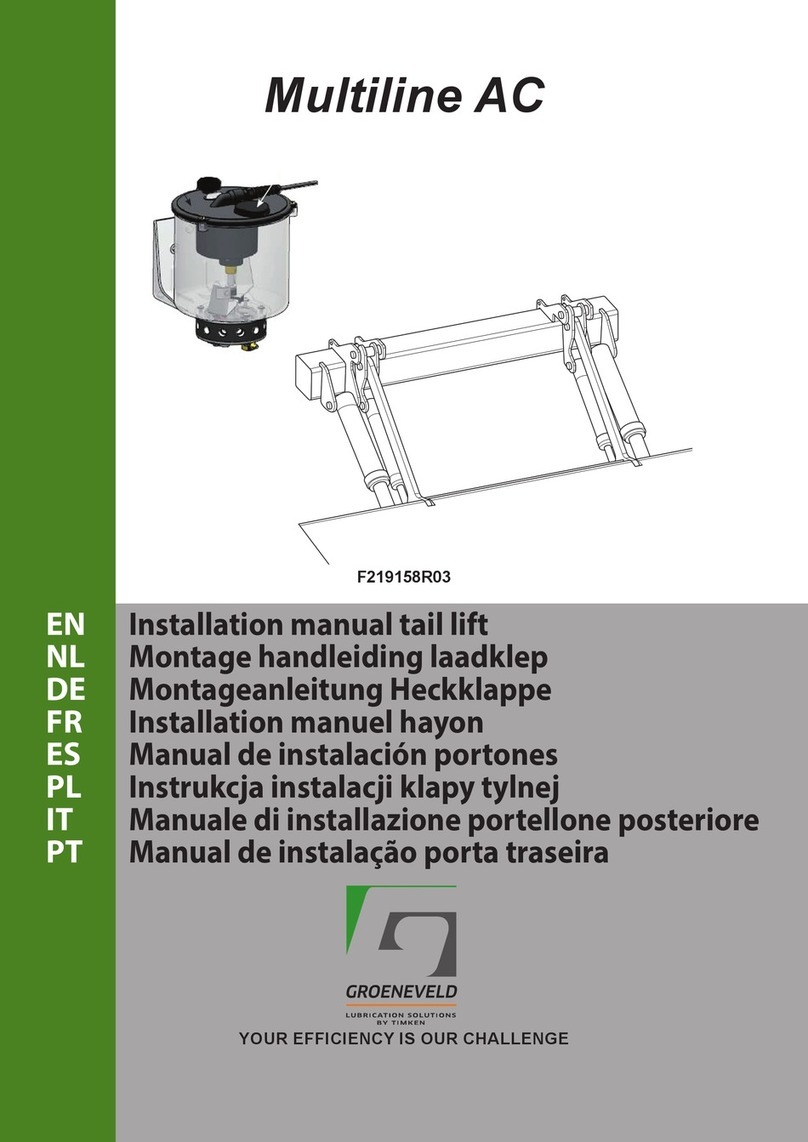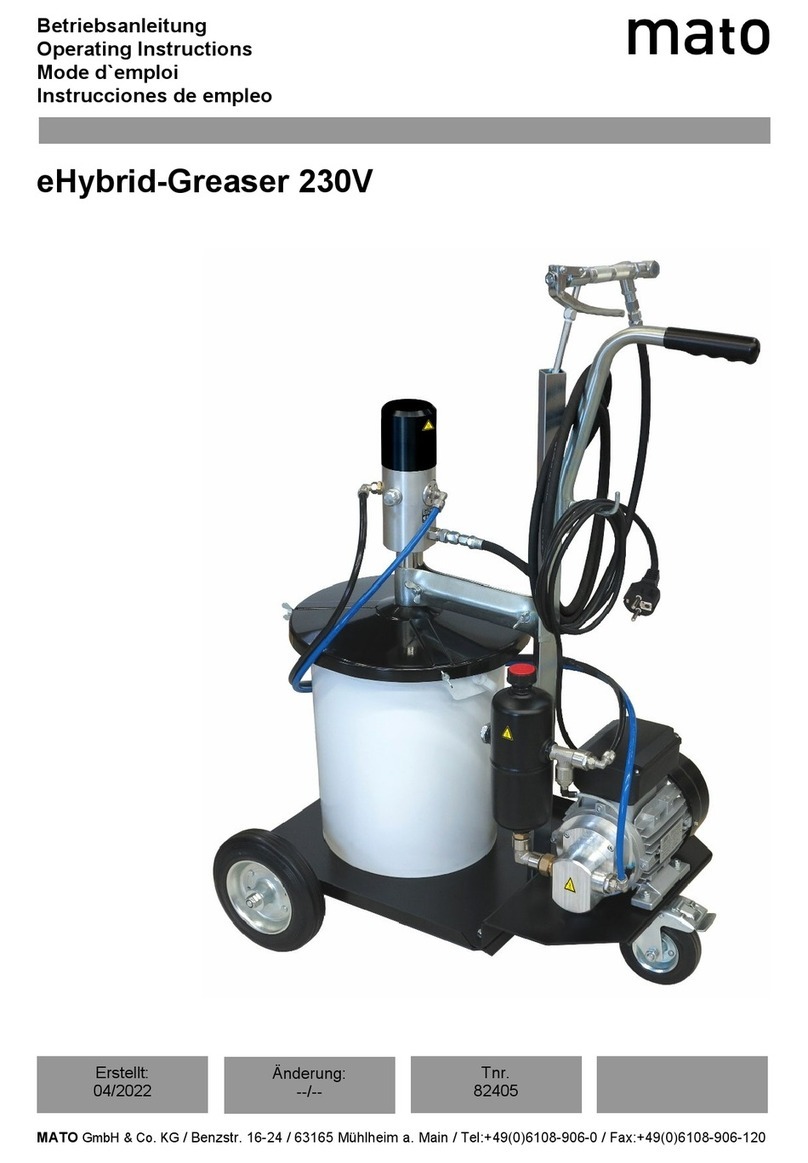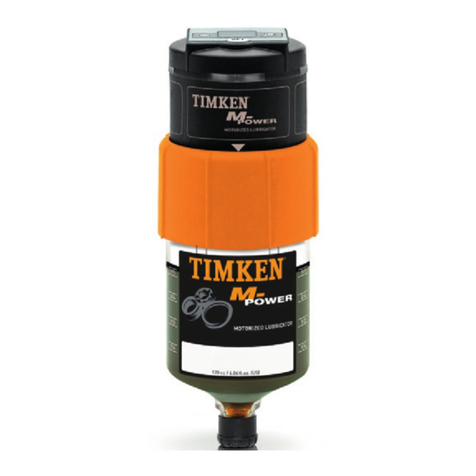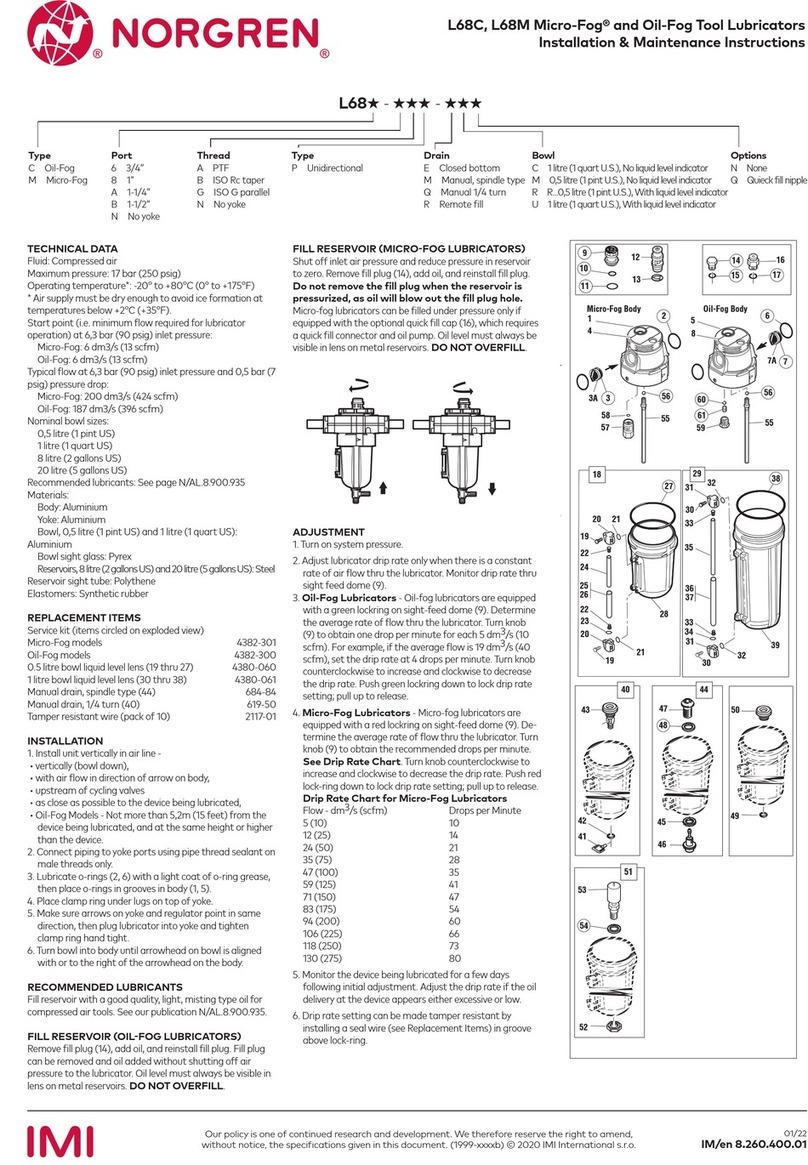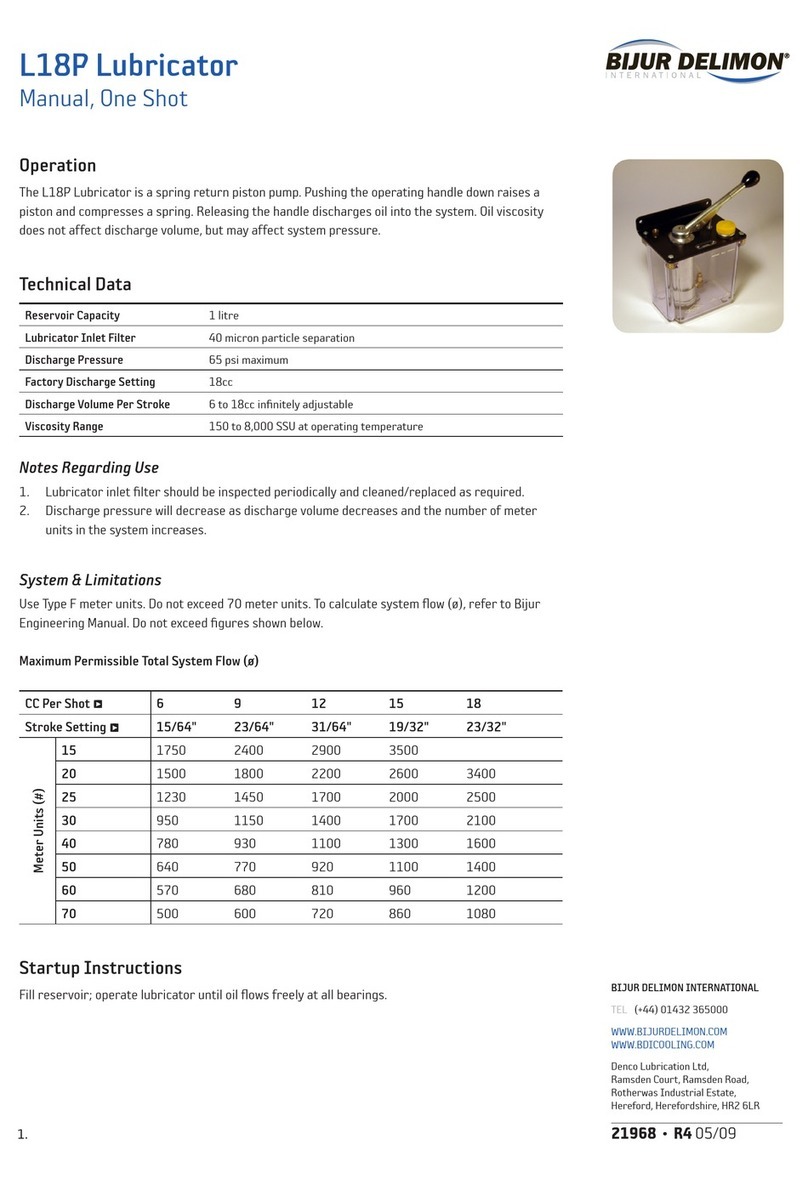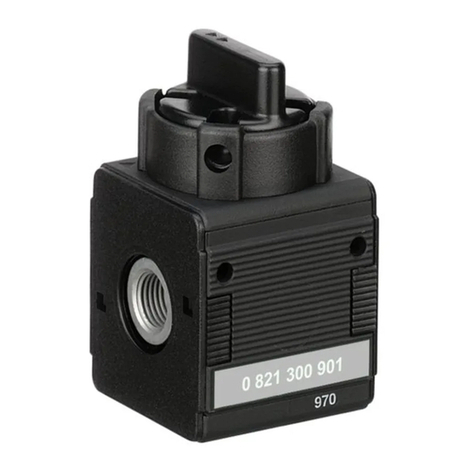- 3 -
951-171-236
Version 01
EN
Table of contents
Table of contents
Legal notice .................................................................................................2
Explanation of symbols, signs and abbreviations........................................5
1. Safety instructions.........................................................................7
1.1 General safety instructions....................................................................7
1.2 General behaviour when handling the product...................................7
1.3 Intended use............................................................................................8
1.4 Foreseeable misuse................................................................................8
1.5 Modifications of the product.................................................................. 8
1.6 Painting of plastic parts.......................................................................... 9
1.7 Reference on Pressure Equipment Directive 2014/68/EU ............... 9
1.8 Inspections prior to delivery ..................................................................9
1.9 Other applicable documents..................................................................9
1.10 Markings on the product........................................................................9
1.11 Persons authorized to operate the pump ..........................................10
1.11.1 Operator.................................................................................................10
1.11.2 Specialist in mechanics ........................................................................10
1.11.3 Specialist in electrics ............................................................................10
1.12 Briefing of external technicians...........................................................10
1.13 Provision of personal protective equipment......................................10
1.14 Operation...............................................................................................10
1.15 Emergency stopping.............................................................................10
1.16 Transport, installation, maintenance, malfunctions, repair,
shutdown, disposal...............................................................................11
1.17 Initial commissioning / daily start-up.................................................12
1.18 Cleaning .................................................................................................12
1.19 Residual risks ........................................................................................13
2. Lubricants................................................................................... 14
2.1 General information .............................................................................14
2.2 Selection of lubricants..........................................................................14
2.3 Material compatibility...........................................................................14
2.4 Temperature characteristics................................................................14
2.5 Ageing of lubricants..............................................................................15
3. Overview, functional description ................................................ 16
4. Technical data ............................................................................. 19
4.1 General technical data..........................................................................19
4.2 Hydraulic connection diagram ............................................................20
5. Delivery, returns, and storage .................................................... 21
5.1 Delivery..................................................................................................21
5.2 Returns .................................................................................................21
5.3 Storage...................................................................................................21
5.4 Storage temperature range.................................................................21
6. Installation.................................................................................. 22
6.1 General information .............................................................................22
6.2 Place of installation...............................................................................22
6.2.1 Minimum assembly dimensions .........................................................23
6.2.2 Installation bores ..................................................................................24
6.2.3 Injection oiler with reservoir................................................................25
6.3 Fill the reservoir ....................................................................................26
